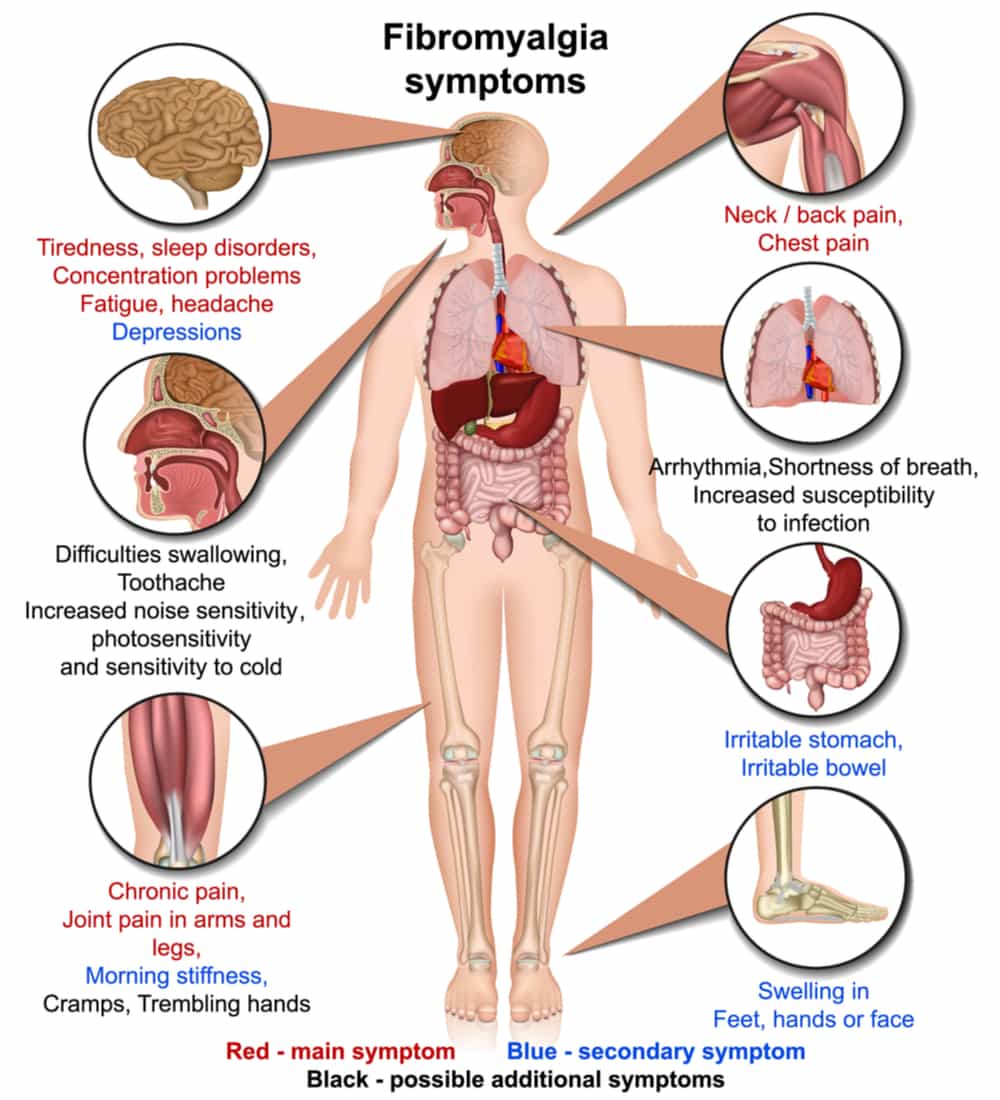Fibromyalgia is one of the few health problems that knows no boundaries. These patients can experience almost all types of pain and many signs and symptoms that do not appear to have any connection to each other. Some of them improve significantly after pain management therapy. Others require a combination of physical therapy, drugs, and emotional or psychological evaluations.
While many questions remain without an answer, we can still suspect the disease by some give-out signs. It is a chronic disease, so one or two symptoms once in a while does not mean you have fibromyalgia. But if you’re a middle-aged woman who constantly feels weak, tired, and experiences pain in different parts of the body that does not respond to medications, one of the disorders worth ruling out is fibromyalgia.
The right specialist to visit if you have symptoms in this list is a rheumatologist. These physicians specialize in rheumatoid arthritis, but they also have the training to diagnose fibromyalgia. This is a neurosensory disorder that typically originates in the central nervous system, and it is not limited to pain as the only manifestation.
In this article, you will have a complete list of signs and symptoms of fibromyalgia. You will see that it is a complex disease, and what every symptom has in common is that it not a temporary problem. It is a chronic disease with far-reaching consequences.
Signs and symptoms of fibromyalgia

These are the most important signs and symptoms of fibromyalgia. The disease is variable, and experiencing all symptoms is not a requirement to suspect the diagnosis of this disease. You can start experiencing any of these symptoms as an early sign or over the course of the disease:
